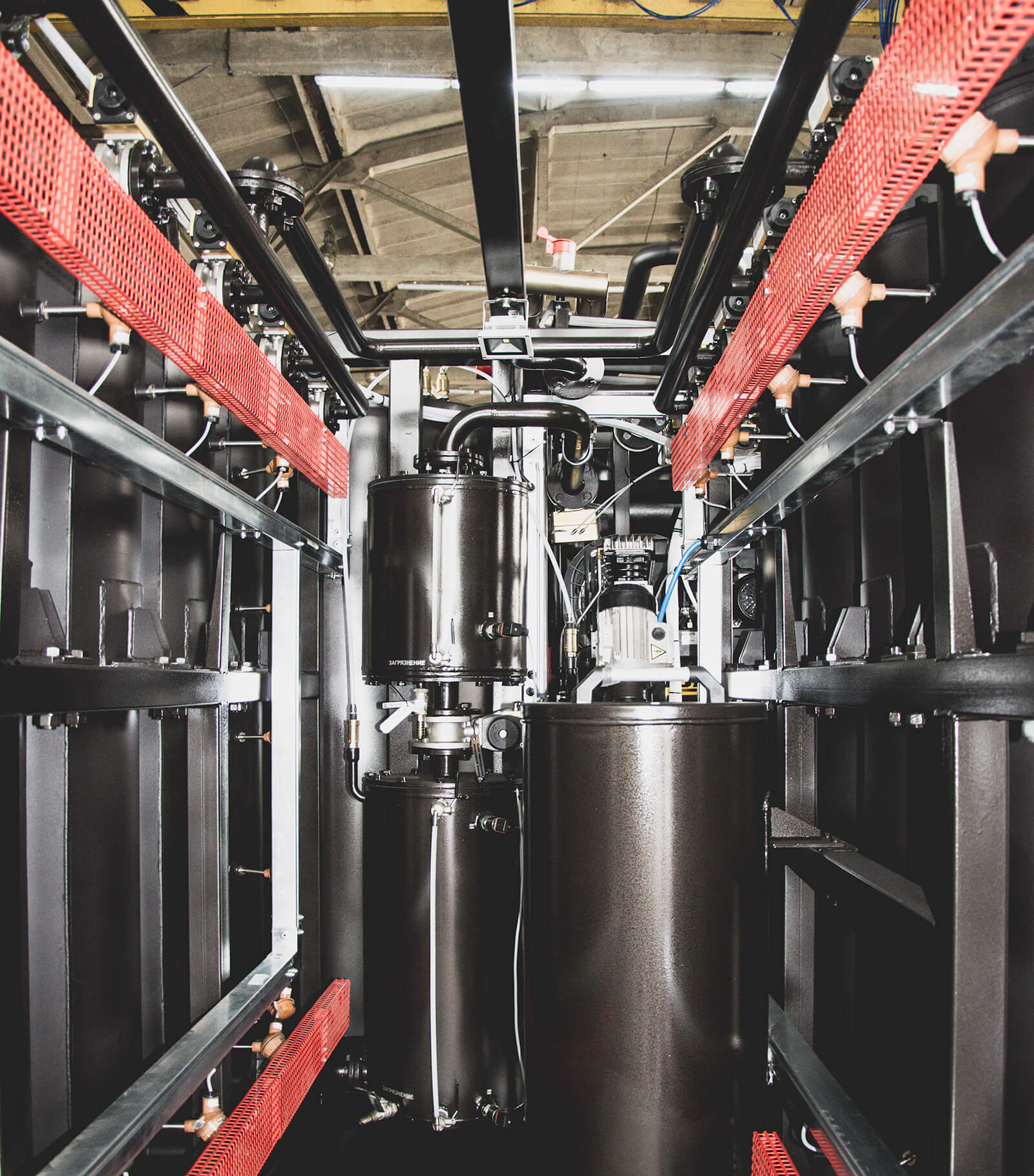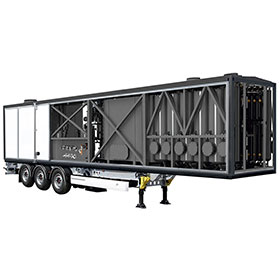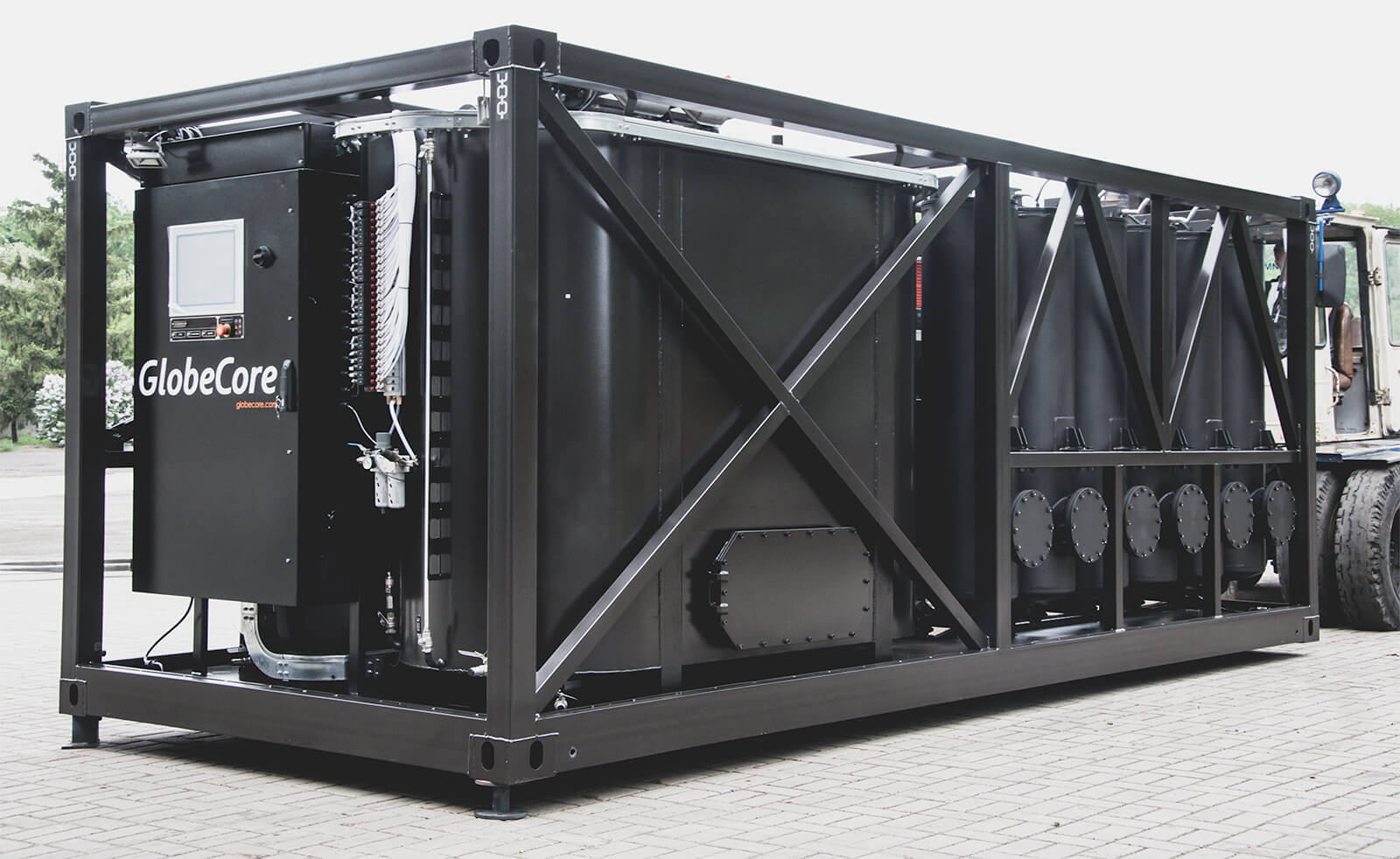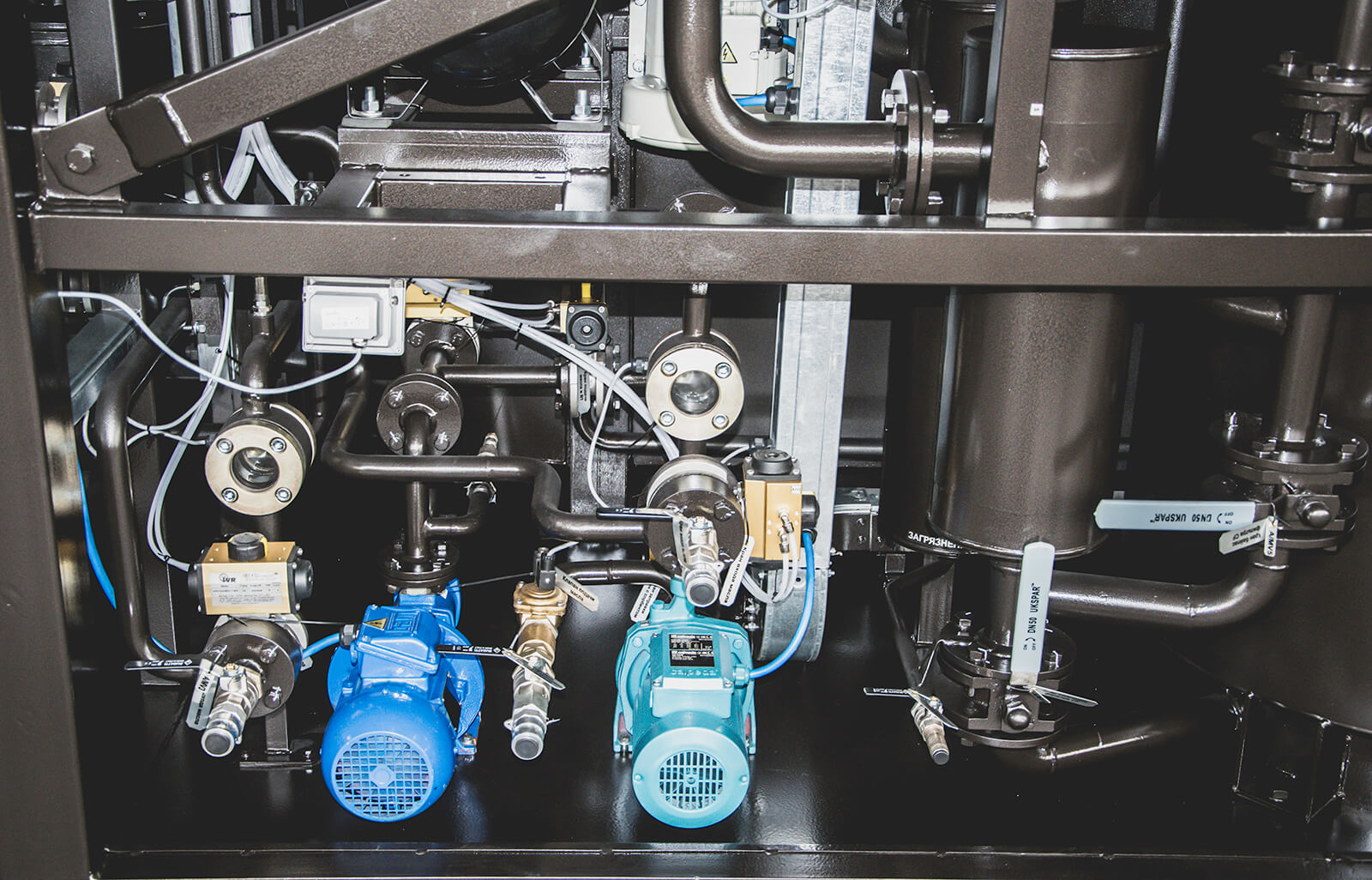Transformer oil recovery is a powerful tool in combating waste pollution. A staggering amount of waste oil is generated in the world each year. Unfortunately, a lot of countries have yet to formulate sound policies in handling this type of waste, therefore much oil is spilled into the ground or water bodies, causing irreparable harm in more ways than one. First of all, waste oil in water bodies kill plants and animals, making entire ecosystems unlivable. Second, waste oil contains carcinogenic substances which affect humans. Oil products decompose very slowly; the longer the environment is exposed to waste oil, the heavier the consequences. Correct transformer oil recovery or disposal is essential.
Transformer oil manufacturing process
Let us first look into transformer oil manufacturing process. This examination reveals the processes which occur in the insulating liquid inside transformers.
Most of the oil used in transformers today are mineral, although synthetic oils can also be used. The former are made from crude oil distillates with boiling point of 300 to 400ºС at atmospheric pressure. Simply extracting these distillates is not enough, as they contain many substances which reduce the oil’s oxidation stability and dielectric strength. Some of the most problematic materials are asphalt and resin, sulfur and nitrogen compounds, and unsaturated hydrocarbons. To remove these, the distillates are additionally processed with sulfuric acid and subsequent neutralization with alkali. The requirements regarding dissipation factor, hygroscopicity and gas resistance in corona discharge of transformer oil are generally higher than average. The required quality is achieved by processing the distillates with special adsorbent media.
Therefore, transformer oil manufacturing process includes extraction of the necessary distillates from crude oil by multistage distillation and purificaiton with sulfuric acid and adsorbents. Transformer oil recovery is only possible when the quality of the original oil is good.
Causes of transformer oil deterioration
Transformer oil loses quality both during transportation and storage and in operation. Dust, water and gases from the environment enter the oil in storage or when the oil is transported. Even oil fresh from the manufacturer often requires purification and degassing before use in electric equipment.
A number of adverse factors influence transformer oil in operation: strong electromagnetic field, humidity, atmospheric oxygen, interwinding faults etc. These result in oxidation of the insulation fluid and performance reduction; the oil can no longer separate energized components from the rest of the equipment, heat dissipation and protection of solid insulation from moisture also suffer. Operating a transformer with degraded oil may cause damage, failures and costly repairs and downtime.
There are two ways to prevent such consequences: timely oil change or transformer oil recovery.
Transformer oil change procedure
The need to perform a transformer oil change procedure is determined by analyzing oil samples. If oil parameters (acid number, dielectric strength, dissipation factor etc) are out of limits of standards and regulations, the oil is changed or recovered.
Transformer oil change procedure is quite long. It depends on the the volume of the transformer and may take several hours. First, oil is drained through a special opening in the bottom of the transformer. The next step is to remove remaining old oil and products of its aging. To do so, the tank is flushed with hot oil. Only then can new oil be put into the transformer. Higher voltage transformers require vacuum when filling them with oil.
Note that even a transformer oil change procedure including flushing cannot protect new oil from the remaining impurities. That is why transformer oil recovery inside the tank of a transformer is such a good option.
Transformer oil purifying systems
The difference between oil purification and oil regeneration is apparent. Purification implies removal of impurities, such as solid particles, water, gases etc, from the oil. Transformer oil purifying systems are used both to prepare insulation fluids before filling the equipment, and to improve their parameters during operation. There is no universal method to handle all contaminants which can be found in the oil, therefore oil purifying equipment can be based on a number of processes: filtration, vacuum and heating.
Filtration is pumping of oil through special devices (filters) equipped with porous barriers which capture impurities. Transformer oil purifying systems usually contain a cascade of filters, with each next device finer than the previous. This improves filtration quality and increases the time before a filter must be replaced.
Heat and vacuum treatment is used to remove water and gas from the oil, The boiling point of water is higher than that of oil, and heating makes it possible to remove the water vapor. Vacuum further reduces the boiling temperature of water and extracts gases from the oil.
Oil regeneration is a more complete process than purification. Over long use, oil accumulates substances associated with aging: decomposition products, acids, sludge, used additives and their by products. Regular purification cannot remove all those impurities. Transformer oil regeneration includes several stages:
- removal of impurities (particulate matter, moisture and gas);
- selective removal of aging products (decomposition products, acids, sludge, gums etc);
- stabilization with antioxidant additives.
Transformer oil recovery is only possible with oil regeneration processes.
Equipment for transformer oil recovery

Beside purification, transformer oil recovery requires adsorption treatment. It involves using special adsorbent media with the ability to capture aging products from the oil, which can percolate through a layer of adsorbent or, alternately, can be mixed with the material (with subsequent filtration to separate the adsorbent from the oil).
GlobeCore has developed two types of product for transformer oil recovery: the CMM-R and the UVR. The former use Fuller’s earth, which can be reactivated for reuse up to 300 times directly inside the unit. Besides, the CMM-R can be connected to the transformer directly, while the transformer is on or off. The oil can be processed in cycles: contaminated oil goes into the unit, clean oil returns from the unit to the transformer. The flow of oil efficiently washes away products of oil aging which cannot be removed by regular flushing in the insulation fluid change procedure. The UVR units, however, uses a different type of sorbent, which can be reactivated with additional equipment.
The advantages of GlobeCore transformer oil recovery technology:
- complete restoration of transformer oil to as good as new condition;
- old transformer oil can be used again;
- transformer oil can be used much longer;
- saving on oil disposal and new oil purchases;
- improved reliability of transformer operation and extension of transformer life by 20-30 years.
More detail on GlobeCore transformer oil recovery equipment:
CMM-R . The unit completely restores transformer oil (its dielectric strength, dissipation factor, acidity, moisture and gas content) to meet specifications. The adsorbent can be reactivated many times over.
. The unit completely restores transformer oil (its dielectric strength, dissipation factor, acidity, moisture and gas content) to meet specifications. The adsorbent can be reactivated many times over.



